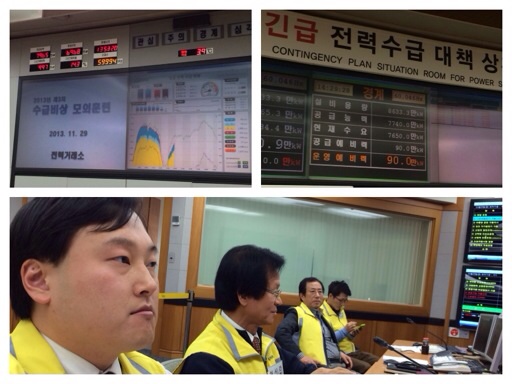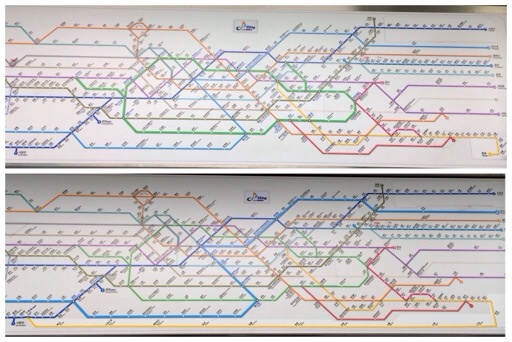Tonight's Venus sighting
Posted by Wesley on
Thinner, larger
Settings: Canon SX50 HS - 1200mm (2x enlarged) - ISO 80 - 1/250s - f/6.5
Filters: Baader M&S applied
Time: 2013-11-30 17:47 KST
Location: Suwon, Korea
17 photos stacked with RegiStax 6.1.0.8

